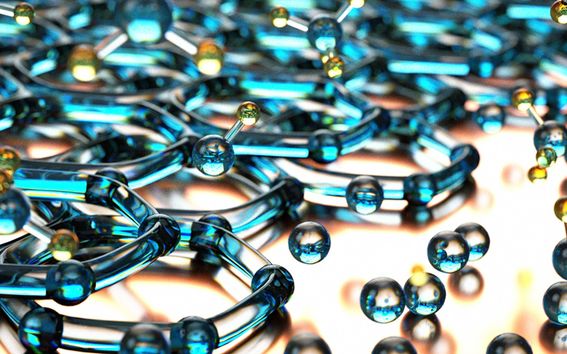Anyon scattering with quantum point contacts

When
Where
Event language(s)
Abstract:
Anyons are exotic quasiparticles whose exchange statistics interpolate between that of fermions and bosons. In the 80s, they have been predicted to exist as low-energy excitations of Fractional Quantum Hall (FQH) liquids [1], e.g. in two-dimensional gases at high magnetic fields. These so-called Laughlin quasiparticles possess a fractional charge [1], as experimentally confirmed 25 years ago [2]. However, their anyonic nature, corresponding to an exchange phase between 0 and pi, remained elusive until recently. In 2020, two experiments [3, 4] reported the observation of fractional exchange statistics in the nu = 1/3 FQH state, where a pi/3 exchange phase was predicted. One of them [4], based on a recent proposal [5], features a so-called « mesoscopic collider », which loosely shares features with the Hong-Ou-Mandel setup: a central beam splitter is fed by currents of e/3 quasiparticles, and the auto and cross-correlations of current fluctuations between its two outputs are measured, yielding information on both charge and statistics.
In this talk I will report our noise investigation of anyon physics with a mesoscopic collider implemented in the nu=1/3 fractional quantum Hall state of a Ga(Al)As 2D electron gas. Sourcing e/3 Laughlin quasiparticles and setting the central beam splitter to allow e/3 tunneling charges, we first reproduce and consolidate the negative cross-correlations previously observed [4], indicative of a non-trivial anyon braid phase. Then, we explore the opposite tuning, where the beam-splitter is an opaque barrier, while keeping e/3 charges impinging on it: here, the braid phase is predicted to be trivial. Our observation of negative cross-correlations in this « charge mismatch » limit then reveals a different scattering mechanism akin to Andreev reflection encountered at Normal/Superconductor interfaces. In this Andreev-like process, suggested by Kane and Fisher [6], an impinging e/3 quasiparticle results in the transmission of an electron of charge e together with the reflection of a hole of charge -2e/3.
[1] D. Arovas, J. R. Schrieffer and F. Wilczek, PRL 53, 722 (1984)
[2] L. Saminadayar et al., PRL 79, 2526 (1997)
[3] J. Nakamura et al, Nat. Phys. 16, 931-936 (2020)
[4] H. Bartolomei et al., Science 368, 173-177 (2020)
[5] B. Rosenow, I. P. Levkivskyi and B. I. Halperin PRL, 116, 156802 (2016)
[6] C. L. Kane and M. P. A. Fisher, PRB 67, 045307 (2003)






